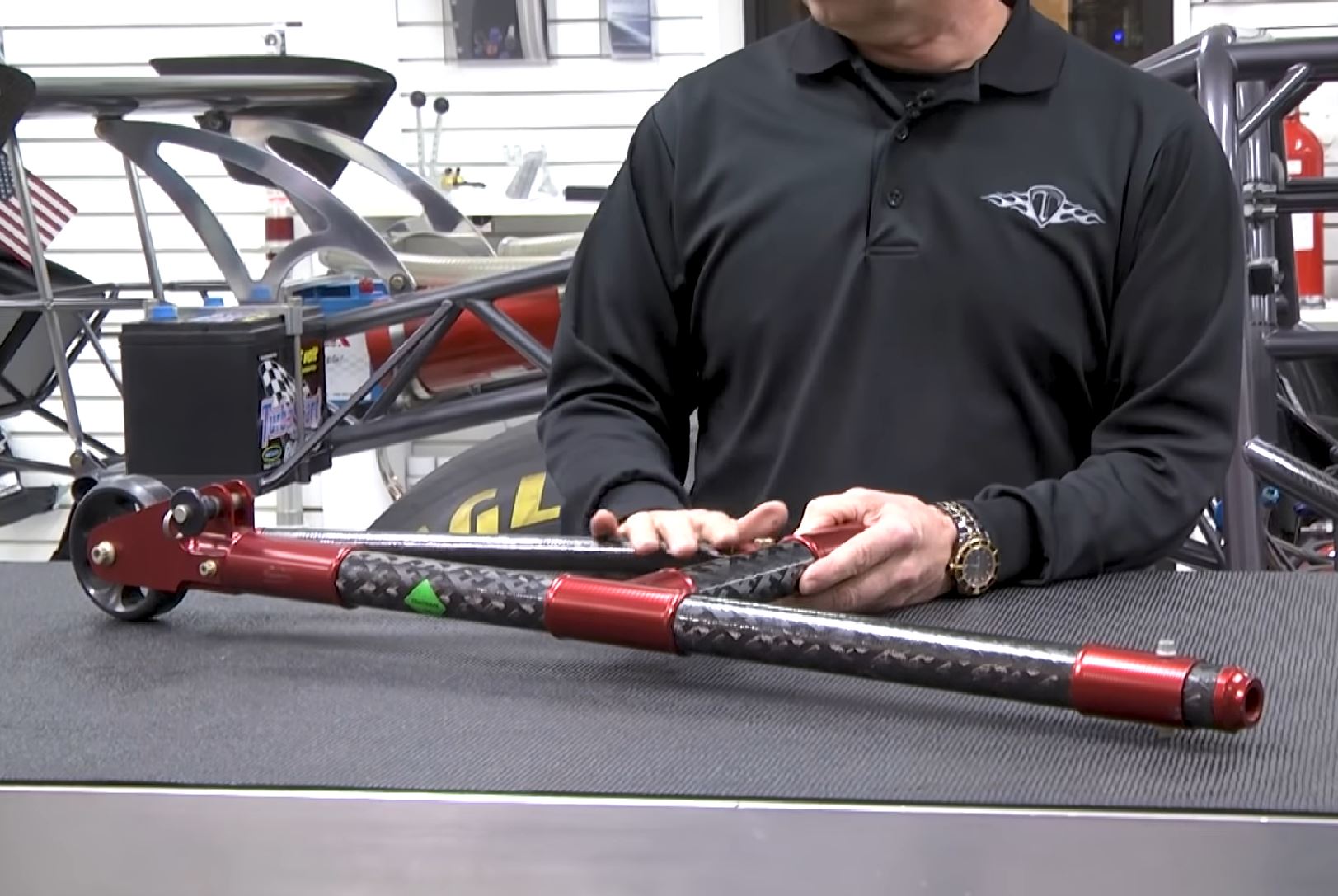Tim McAmis has built some wheelie bars in his day and has decided to share some of his knowledge with us. In this video he talks the ins and outs of wheelie bars, what they do, how they do it, and how to use them in your race car. The evolution of wheelie bars has been amazing in the past several years as materials options have changed. Instead of just offering them in DOM, and Chrom-Moly Steel, they are now offered in Carbon and Billet Aluminum versions that are as beautiful as they are functional. Now these new materials aren’t for everyone, but Tim will explain some of that in this video.
But it is more than just materials that make one wheelie bar different from another. There are different styles and designs that are intended for different applications, and the differences between those designs can also change how you tune and use them on your particular race car. Check out the video, see what is going on with wheelie bars, and let us know what you think.













My brother and I built the first carbon fiber wheelie bars back in ’05. They were used on a multi-time Pro Stock World Champion’s team cars for several years, and NHRA tech never found them because we’d covered them in chrome monokote, a mylar wrap used by model airplane builders. We did that because everything we’d ever built for our customers was outlawed by NHRA (carbon fiber motorcycle wheels, and carbon fiber internal engine components) over the years, so we decided to ask forgiveness, if caught, rather than permission. They were finally dscoverd after the cars were sold and went back to the chassis shop for upgrades. I think is was Haas who found them out…